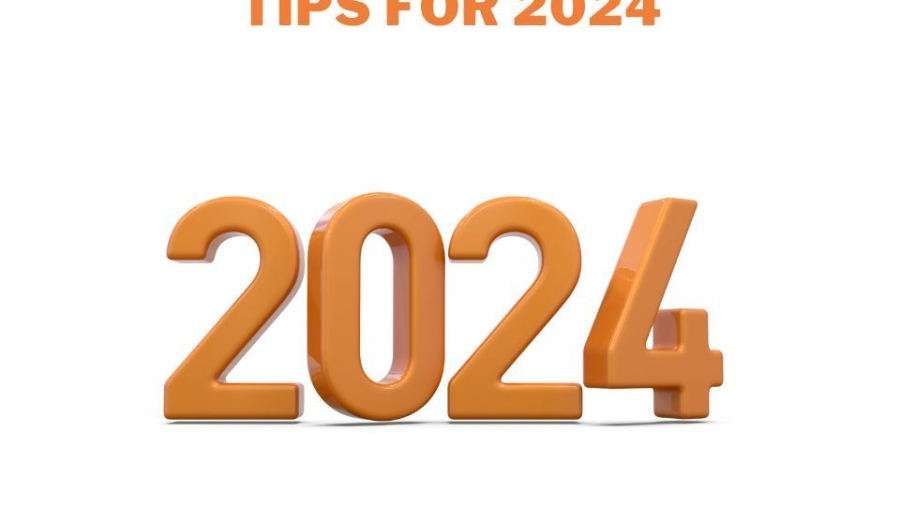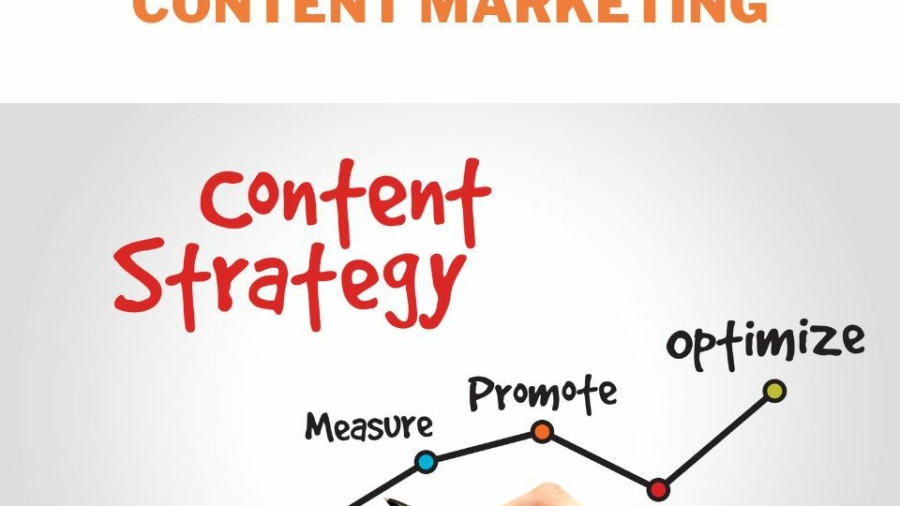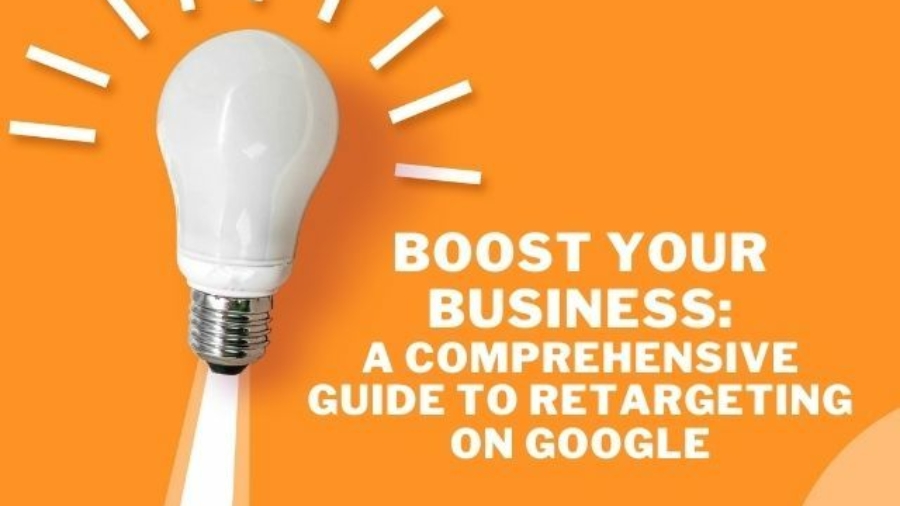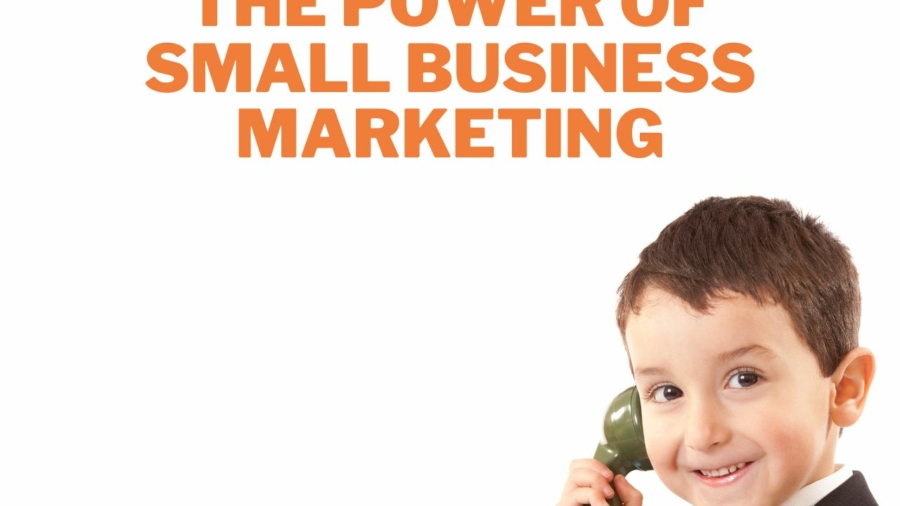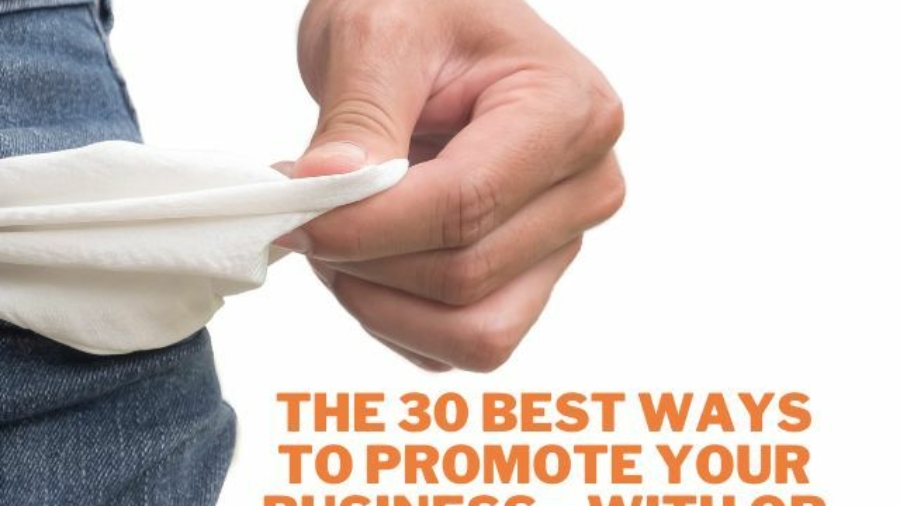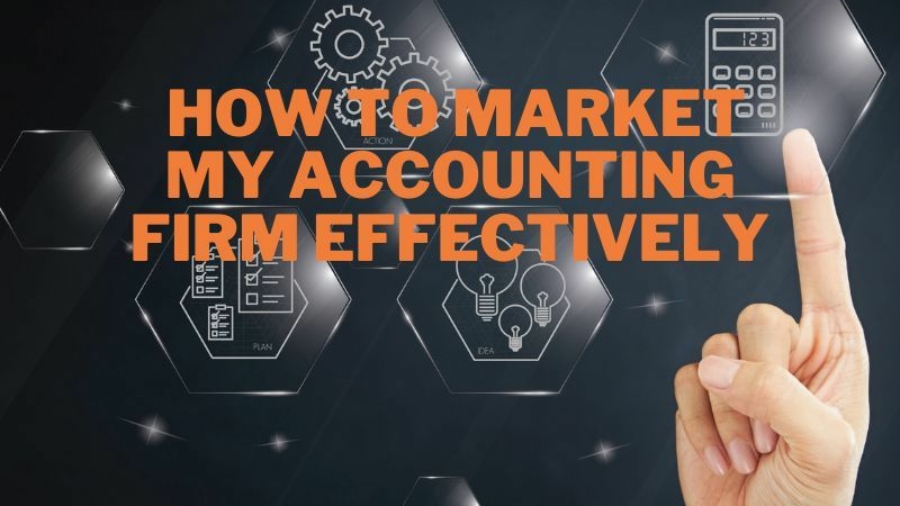Elevate your brand with the top five marketing tips for 2024, designed to enhance engagement and revolutionize customer experience. Discover how!
Boost Your Business with Account-Based Content Marketing
Unleash the power of account-based content marketing. Explore strategies for targeted outreach, engaging content creation, and conversion boosts.
Boost Your Business: A Comprehensive Guide to Retargeting on Google
Boost your business’s conversion rates with our comprehensive guide to retargeting on Google. Learn effective strategies and master remarketing campaigns today!
Boosting Success: Best Ways to Promote Your Business
Unearth the best ways to promote your business. Dive into effective strategies from Google SEO, social media engagement, email marketing and more!
Revolutionizing Small Business Growth with Marketing
Unleash your small business’s potential with transformative marketing strategies. Learn about social media, email marketing, SEO, and more to drive growth.
Harnessing the Power of Brand Storytelling for Success
Explore the power of brand storytelling. Learn how to engage audiences, build trust, and amplify your message with compelling stories in our guide!
Driving Growth with Search Engine Optimization Vancouver
Boost your business with search engine optimization in Vancouver. Discover strategies for growth, visibility, and increased web traffic!
The 30 Best Ways to Promote Your Business—With or Without Money
Discover 30 proven ways on how to market your business. Boost brand visibility with online, social media, and email marketing strategies!
Guide: Developing a Marketing Plan for Accounting Firms
Discover strategies on how to develop a marketing plan for accounting firms. Boost visibility, attract clients and stand out from competition today!
How to Market My Accounting Firm Effectively
Discover proven strategies on how to market my accounting firm effectively. Learn about target audiences, digital marketing tools, content creation and more!
